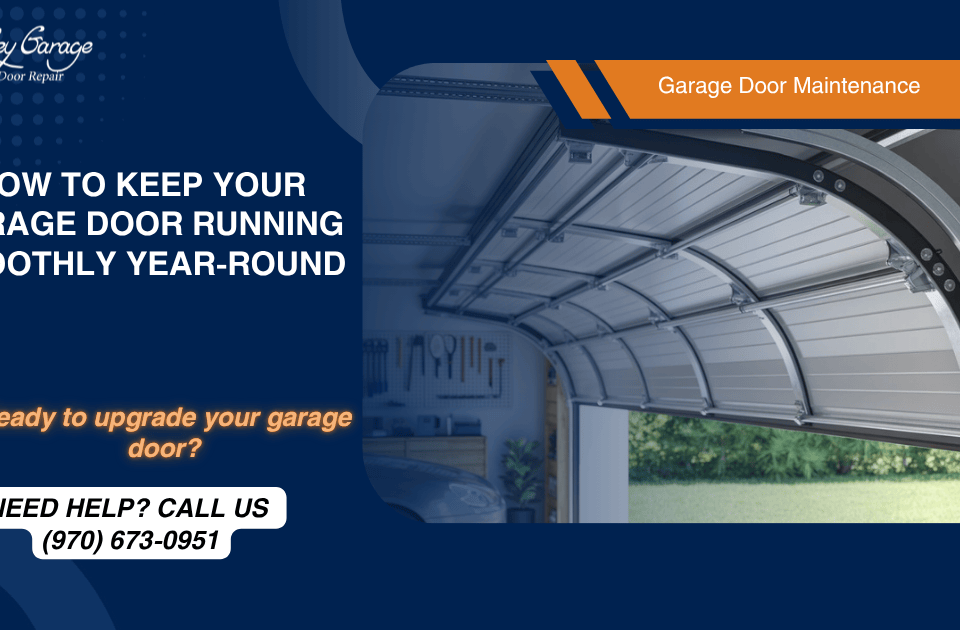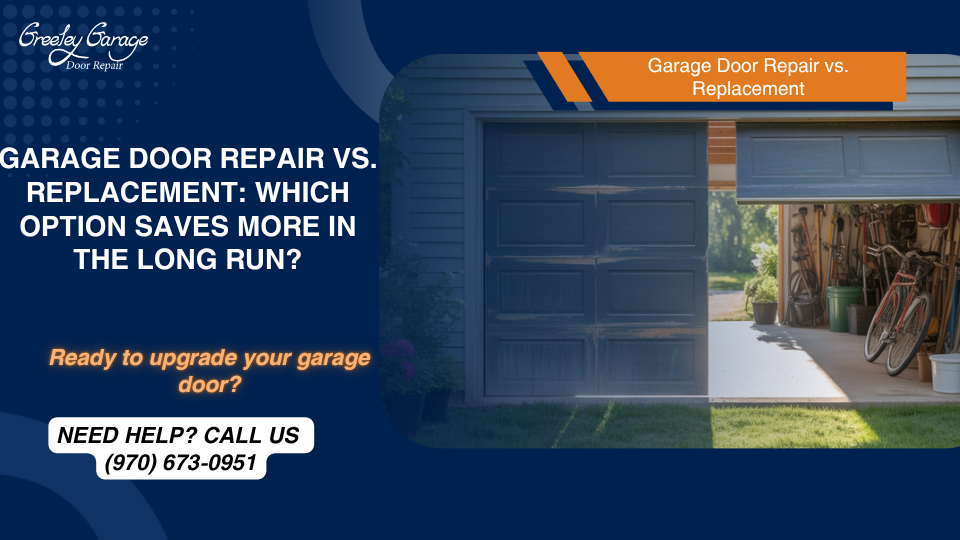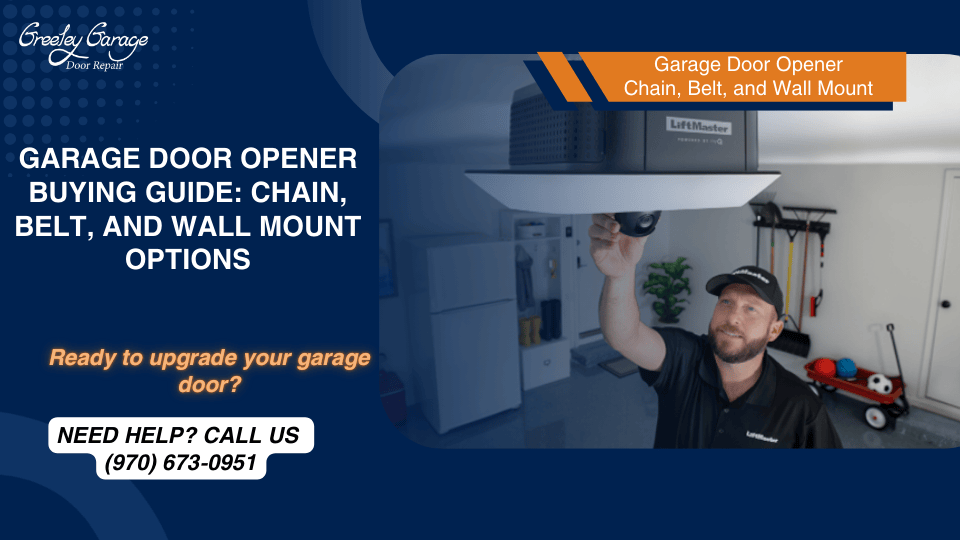Your Ultimate Homeowner’s Guide To Preventing Garage Door Accidents

How Safe Is Your Garage Door in Greeley, Colorado? Essential Tips for Local Homes
August 4, 2025
Your Ultimate Guide to Protecting Your Garage Door from Ice and Freezing Temperatures
August 11, 2025Your garage door is a modern convenience, but its size and weight make it a significant piece of machinery. It can weigh several hundred pounds and is powered by springs under intense tension, presenting a potential safety hazard if not maintained properly. According to the U.S. Consumer Product Safety Commission, thousands of people are injured by garage doors each year. These incidents are largely preventable. This guide is designed to give you, the homeowner, a clear and comprehensive set of instructions for preventing garage door accidents through routine maintenance and smart usage.
Understanding the Common Dangers
To effectively prevent accidents, it’s vital to know the most common causes. These often include:
Spring and Cable Failure:
The springs and cables bear the entire weight of the door. If they snap due to age or wear, the door can fall suddenly and without warning.
Failing Safety Sensors:
Older or improperly maintained safety sensors might not detect an obstruction, causing the door to close on people, pets, or objects in its path.
Pinch Points:
The sections of the door, as they fold and unfold, create dangerous pinch points where fingers can get crushed.
Human Error:
Children playing with door controls or people rushing under a closing door are frequent causes of preventable injuries.
Your Essential Safety Inspection Routine
A few minutes a month is all it takes to perform a vital safety check. These steps will help you identify potential problems before they become dangerous.
The Visual and Auditory Check
Once a month, take a moment to look and listen to your garage door as it operates.
Examine the Springs and Cables:
Visually inspect the springs above your door. Are they rusted or visibly separated? Next, check the cables that run along the sides. Are they frayed, loose, or hanging by a thread? Any of these issues require immediate professional attention.
Look at the Tracks and Rollers:
The door should move smoothly along its tracks. Look for any dents, bends, or debris that could impede its movement. The rollers should be securely in place and rolling quietly. Loud grinding or scraping noises are a red flag.
Assess the Door’s Balance:
Disconnect the opener by pulling the red emergency release cord. You should be able to lift the door by hand and have it stay open at any height. If the door drifts down on its own, its springs are not properly balanced, a task that should only be handled by a trained technician.
Testing Your Door’s Automated Safety Features
These features are a modern necessity. Testing them regularly is non-negotiable.
The Auto-Reverse Function Test:
This is the most crucial test. Lay a solid object—like a roll of paper towels or a thick piece of wood—on the ground where the door will land. Close the door. The door must reverse direction as soon as it makes contact. If it does not, your opener is a serious hazard.
The Photo-Eye Sensor Test:
The photo-eye sensors create a beam across the garage door opening. To test them, start to close the door and then wave your hand or foot through the beam. The door should immediately stop and reverse. If it continues to close, the sensors are either blocked, dirty, or misaligned. Clean them and check their alignment, and if the issue persists, call a professional.
Best Practices for Everyday Safety
Your daily habits are just as important as mechanical checks.
Teach Children About Door Safety:
Make sure every member of your family, especially children, understands the dangers. Instruct them never to play with the remote controls or stand under a moving door.
Always Supervise When Operating the Door:
Never leave a pet or a child unattended in the garage while the door is in motion. A quick moment of distraction can lead to a serious accident.
Defer to a Professional for Repairs:
While you can inspect your door, leave all adjustments and repairs to the experts. The tension in the springs and cables is incredibly powerful. Attempting a DIY fix is extremely dangerous and can cause severe injury. Always call a professional for any garage door repair.
Conclusion and Call to Action
Proactive safety is the key to preventing garage door accidents. By making these checks and practices part of your routine, you are taking a crucial step in safeguarding your home and family. Don’t take a chance on an aging or malfunctioning door.
Is it time for a professional assessment? Contact a qualified technician today for a complete safety inspection to ensure your garage door is operating at peak performance and safety. Your peace of mind is worth the investment.




